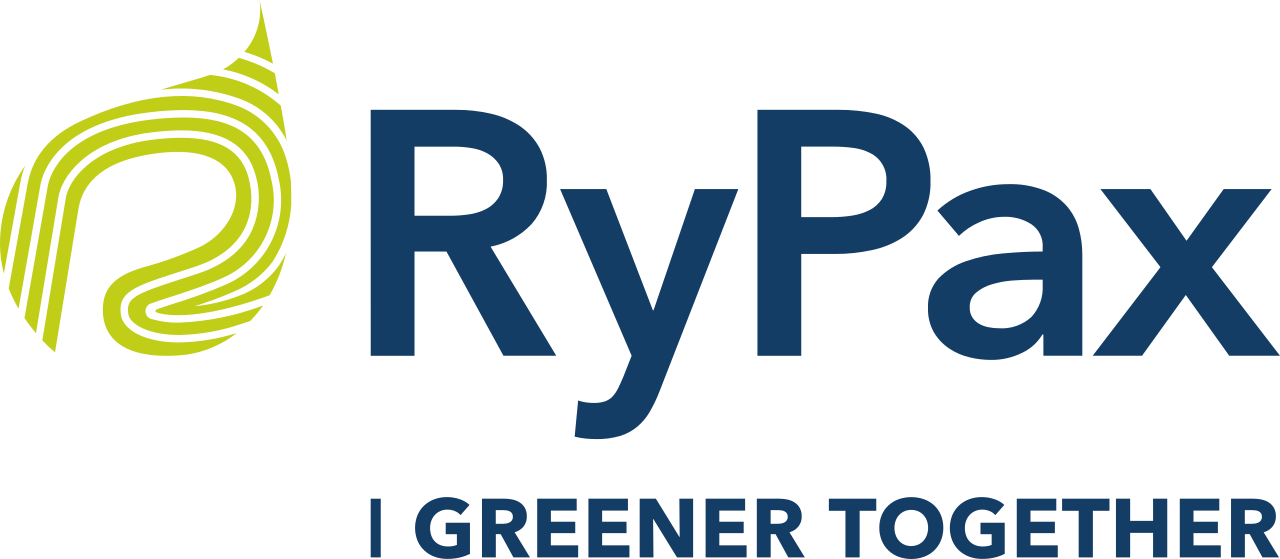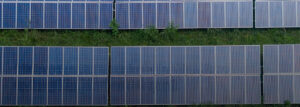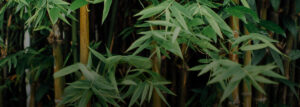Molded fiber is quickly gaining in popularity as a packaging material. That’s because manufacturers worldwide are transitioning toward more eco-friendly packaging solutions. They need to ensure that their packaging complies with new environmental regulations, like those introduced in the European Union. They also want to satisfy rising consumer demand for sustainable products and renewable, recyclable packaging.
Molded fiber can be made from different materials, including recycled materials and fast-growing natural fibers. Recycled materials can include post-consumer newspapers or post-industrial corrugated. Fast-growing fibers can include bamboo and bagasse. Molded fiber packaging made from recycled materials, have different characteristics and challenges than molded fiber packaging made from fast-growing fibers.
Let’s take a look at the top five reasons why fast-growing fibers may be a better material for molded fiber packaging for your brand.
1. More sustainable source
Bamboo, bagasse, reeds, and grasses are the most common fast-growing fibers used in molded fiber packaging. Cereal straw, corn and grain sorghum stalks, and palm fibers are also sometimes used to make fiber pulp.
“Fast-growing” means just that. For example, one type of bamboo is the world’s fastest-growing plant, shooting up as many as 35 inches (91cm) a day! One Asian species can even reach up to 130 feet (40 m) in height.
Bagasse is a by-product of the sugar production process. It’s the pulpy residue left behind when sugarcane stalks are crushed to make sugar. Annual global sugar production is expected to exceed 186 million tons this year. That means bagasse will remain an abundant, sustainable source material for molded fiber packaging.
Post-consumer materials like recycled newspapers are also used to make molded fiber packaging. Like fast-growing fibers, these materials are also recyclable, biodegradable, and compostable. However, molded fiber packaging made from recycled paper is not as sustainable as fast-growing fibers.
The pipelines that deliver recycled paper to pulp mills are less green than the sourcing pipelines for fast-growing fibers. The manufacturing process requires using clean recycled paper, which involves substantial collection, sorting, bundling, and transportation resources and costs. As a result, the sourcing of these materials consumes more fossil fuels and emits more greenhouse gases than when producing molded fiber pulp from fast-growing plants.
2. Better Quality
For many years, molded fiber packaging has been made from post-consumer materials such as newspapers and old corrugated cardboard containers. This type of packaging has been used in egg cartons and to provide protection for other products.
Because of the structural qualities of recycled paper and cardboard, molded fiber packaging made from these materials is not particularly rigid or strong. Recycling paper weakens the fibers and shortens their length. This lower structural quality limits the amount of weight it can supports and lowers the degree of protection it provides packaged items.
Recycled paper can be processed into thick-wall molded fiber packaging (5 to 10 mm thick), suitable for heavy and nonfragile items. It can also be used to make transfer packaging (3 to 5 mm thick), suitable for egg trays or electronic equipment.
In contrast, molded fiber packaging made from fast-growing fibers has longer fiber lengths and greater fiber concentration. It can be thermoformed into stronger but thinner (2 to 4 mm) thicknesses. As a result, it’s an excellent packaging material for health and beauty products, pharmaceutical, and other goods.
3. More aesthetically pleasing
New manufacturing techniques enable modern manufacturers to produce high-quality molded fiber packaging using fibers from fast-growing plants like bamboo. These materials enable the production of premium packaging solutions.
Fast-growing fibers can be processed into customized molded fiber packaging solutions that require printing, coating, or additives. Unlike solutions made from recycled newspapers — which contain contaminants and display inconsistent coloring — molded fiber made from fast growing fiber can achieve a consistent color, which is particularly noticeable in white and black shades. Packaging made from fast-growing fibers can also be manufactured with a greater degree of smoothness and be formed into a wider variety of shapes than molded fiber made from post-consumer materials.
4. Compatible with smart packaging
Molded fiber packaging can be combined with smart technologies to help inform customers and boost customer engagement. Integrating such technologies as quick response (QR) codes or radio-frequency identification (RFID) tags into packaging can ensure the authenticity of the product, communicate usage directions and marketing messages, and provide information on how to reuse or recycle the packaging.
5. Wider range of uses
Packaging solutions made from recycled materials or from fast-growing fibers provide excellent shock and vibration protection during shipment. However, packaging made from post-consumer materials has fewer use cases. Due to its structural strength, it’s the perfect material for standardized shapes, such as some types of shipping packaging and for plates, trays, clamshell containers, and other types of food-service items. However, its use for retail packaging is very limited because it is challenging to customize into different shapes.
Fast-growing fibers offer a much wider range of molded fiber packaging solutions. It provides a premium-quality product that has a smooth feel and excellent draft angles. It’s flexible, durable, and moisture resistant, and it offers minimal dust residue.
New pulping and processing technologies have improved the production efficiency and product quality of molder fiber packaging. Solutions made with fast-growing fibers have a wide range of uses. They offer shock and vibration protection for shipping. They’re also a perfect fit for many types of retail packaging, including:
- consumer electronics products
- cosmetics and beauty production
- pharmaceutical and health products
- luxury products
Molded fiber made with fast-growing fibers can be designed to provide smooth draft angels as well as a premium feel. It can also be formed into many shapes and textures, and it can easily be matched to brand colors.
Making a Difference
Today’s customers and consumers expect much more from their packaging. Not only does the packaging need to be sustainable, but it must also enhance the brand experience. Premium molded fiber made with eco-friendly, fast-growing fibers delivers on both of these essential factors. By partnering with a trusted molded fiber packaging producer, brands can achieve their social responsibility goals and build their brand equity — while enjoying the benefits of packaging made using sustainable materials and production methods.











